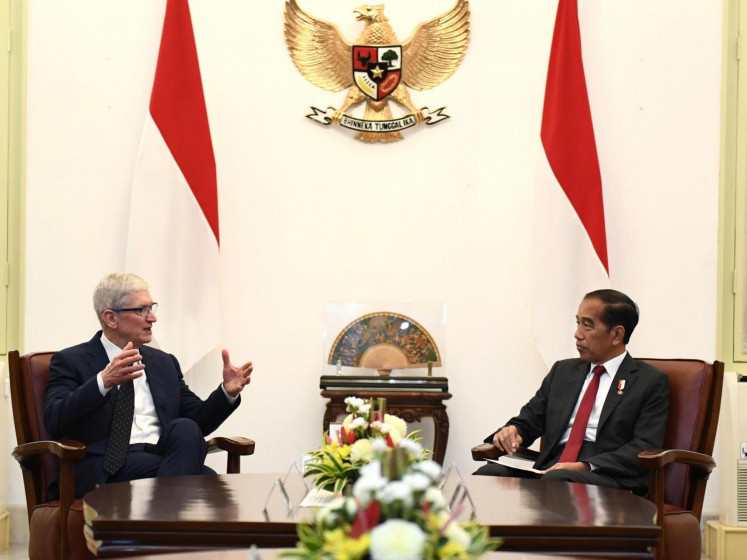How to regulate the global arms market
The Asia Pacific Regional Conference on an Arms Trade Treaty (ATT) was held in Tokyo, Feb
Change Size

The Asia Pacific Regional Conference on an Arms Trade Treaty (ATT) was held in Tokyo, Feb. 26-27, 2009. This Conference was an excellent and timely opportunity for government officials, NGO members and academic experts to deepen their understanding and exchange views on transfer control initiatives, and present frameworks for arms transfers and an ATT process,
in the lead-up to the UN openended working group, which will be held in March and July this
year at the UN headquarter in New York.
The main challenge of this conference was defining the main character of an ATT. Is an ATT designed to create peace, to prevent human rights violations or to enhance economic development?
My pragmatic-realist perspective on an ATT views the treaty as an instrument designed to regulate the arms market. An ATT is about trade. In order to control the arms trade, we have to able to understand the character of an arms market.
To understand an arms market, we have to evaluate the supply and demand of arms. Thus, if most nations have a strong desire to modernize their armed forces and this could create an arms buildup that might lead to an arms race, then an ATT should be able to address the problems of a security dilemma by contributing to the creation of confidence-building measures.
And, if most states suffer from emerging security predicaments known as nontraditional security issues (NTS), then an ATT should also be able to solve one of the contributing factors to the rise of NTS, which is the possession of illegal weapons by nonstate actors.
Based on that, the next important question that needs to be addressed is the ideal type of arms market. Should it be a free market or a regulated market?
If an ATT is simply designed to create more transparency and accountability of arms transfers, then a free market will be sufficient. In a free market, there will be equal access to information and, using this free flow of information, all actors will act rationally to respond to the dynamics of the supply and demand of weapons.
A free market is inherently a transparent market. If this is the goal of an ATT, basically, what
we are trying to achieve is to include the arms trade in the free trade regime of the World Trade Organization.
However, the arms market is definitely not a transparent market. Weapons are seen as strategic commodities excluded from the free trade regime. All states want to have a certain level of secrecy when they enter the arms market. The arms market can neither be described as a monopolistic one.
The four main arms suppliers (the United States, Russia, the United Kingdom and France) do not control 70 percent of arms transfers. Domestically, most of the arms market is a monopsony one. There could be many suppliers of weapons that have the government as the only buyer.
If the arms market cannot be defined as a free and monopolistic market, then this market will not rely on the invisible hands mechanism or exclusive trading control by the suppliers.
If most of the market is a monopsonistic one, then the government will be the main actor that can impose various types of regulation to control the market. The arms market should be a regulated market.
The main aim of an ATT should be to create a market that will only welcome legitimate states to trade legitimate weapons. An ATT should be designed as a regulated market that will promote responsible arms transfers.
It means that with an ATT we will no longer see illegitimate actors such as terrorist groups, separatist movements or transnational criminal organizations gain access to illegal arms by conducting illicit arms trafficking.
With an ATT, a state that committed serious human rights violations would be banned from entering the arms market.
With an ATT, international support would be mobilized to denounce, for example, a Papua freedom movement, if this movement use arms to fight against Indonesia’s military that come from illegal arms trafficking.
International NGOs such as OXFAM, the IANSA, and the ICRC are interested in promoting an ATT, because they hope that an ATT could be used as a legally binding instrument to prevent violent conflicts, prevent human rights violations, or enhance economic development.
However, an ATT, like other arms control arrangements, is not an instrument to create a positive peace. At the best, an ATT will become an instrument that guarantees the rights of a legitimate state to have legitimate weapons that can be used, if necessary, to fight a just war.
The writer is a lecturer at the University of Indonesia, and a director of defence economics at the Institute of Defence and Security Studies (IODAS).









